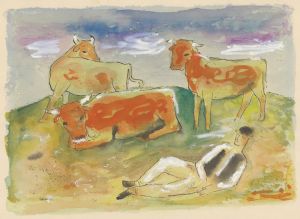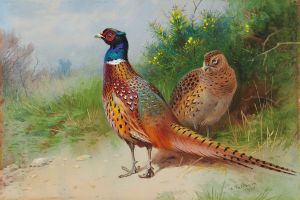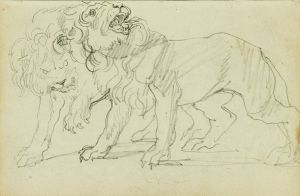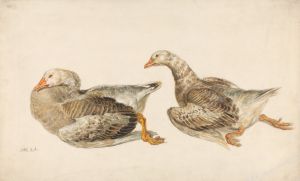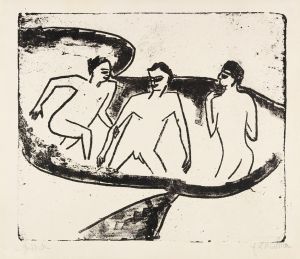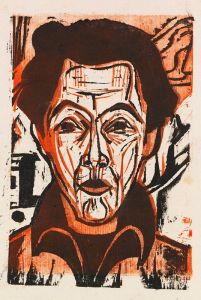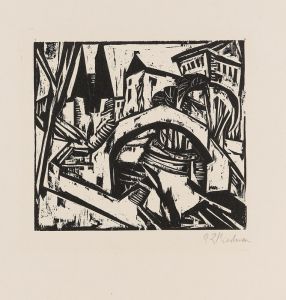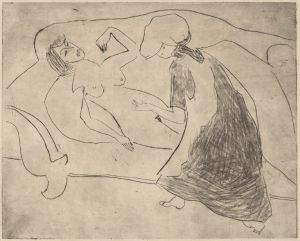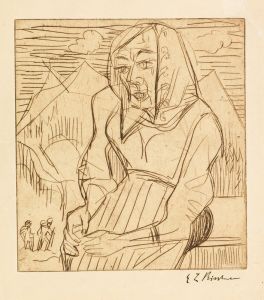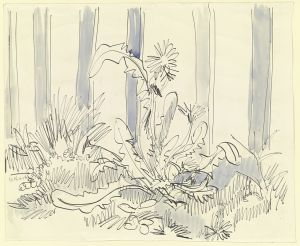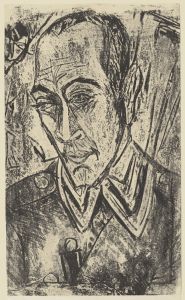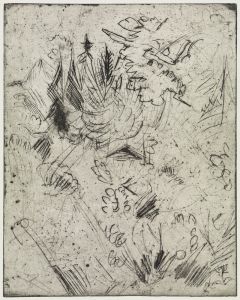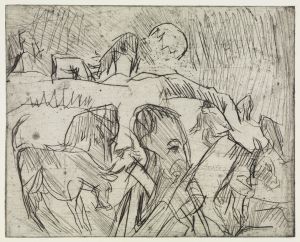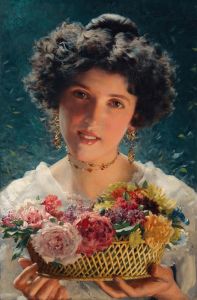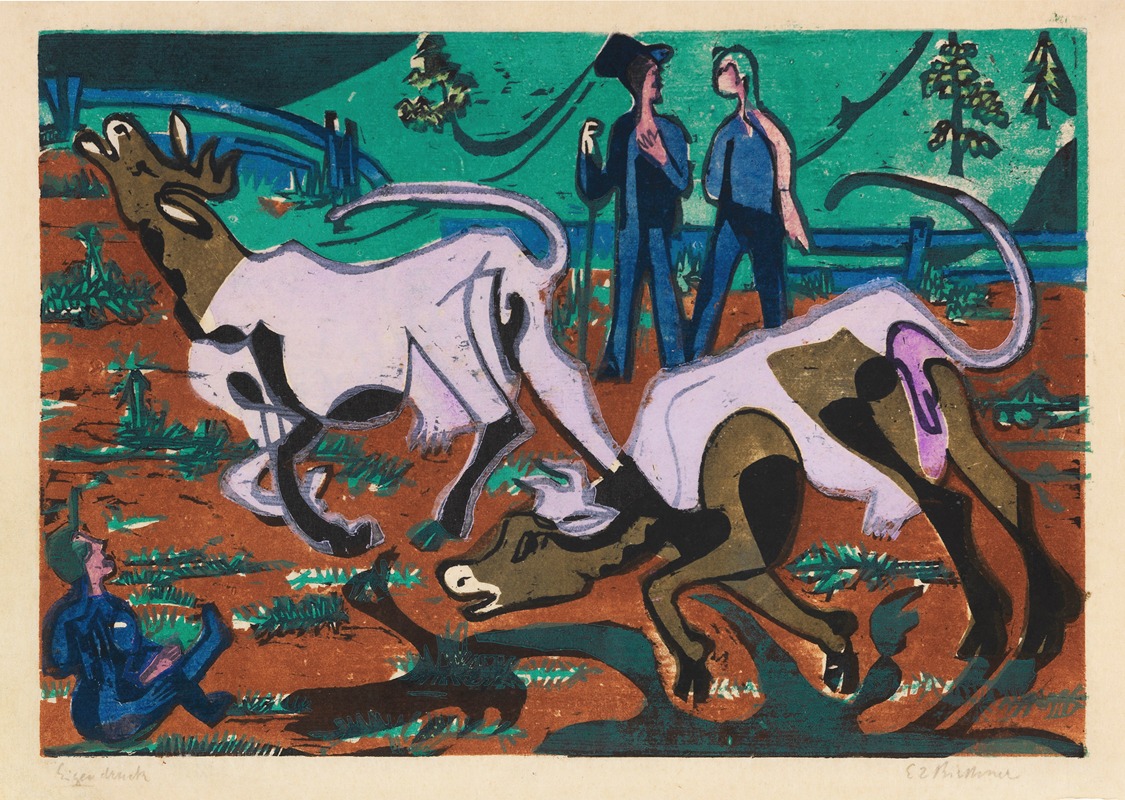
Kühe im Frühling
A hand-painted replica of Ernst Ludwig Kirchner’s masterpiece Kühe im Frühling, meticulously crafted by professional artists to capture the true essence of the original. Each piece is created with museum-quality canvas and rare mineral pigments, carefully painted by experienced artists with delicate brushstrokes and rich, layered colors to perfectly recreate the texture of the original artwork. Unlike machine-printed reproductions, this hand-painted version brings the painting to life, infused with the artist’s emotions and skill in every stroke. Whether for personal collection or home decoration, it instantly elevates the artistic atmosphere of any space.
Ernst Ludwig Kirchner was a prominent German expressionist painter and one of the founding members of the artist group Die Brücke (The Bridge), which played a pivotal role in the development of modern art in the early 20th century. Kirchner's work is characterized by its bold use of color, dynamic compositions, and a focus on the human figure and landscapes. One of his notable works is "Kühe im Frühling" (Cows in Spring).
"Kühe im Frühling" reflects Kirchner's fascination with rural life and nature, themes that were prevalent in his work, especially during his time in Davos, Switzerland. After moving to Switzerland in 1917, Kirchner's style evolved, and he began to incorporate more elements of the Swiss landscape into his paintings. This period marked a shift from the urban scenes and nudes that dominated his earlier work to more serene and pastoral subjects.
The painting "Kühe im Frühling" captures the essence of springtime in the Alps, with its depiction of cows grazing in a lush, verdant landscape. Kirchner's use of vibrant colors and expressive brushstrokes conveys a sense of vitality and renewal, characteristic of the spring season. The composition is dynamic, with the cows positioned in a way that leads the viewer's eye through the painting, creating a sense of movement and life.
Kirchner's technique in this painting, as in many of his works, involves a vivid palette and a somewhat abstract approach to form. The cows are not rendered in a realistic manner but are instead stylized, emphasizing their shapes and the interplay of colors. This abstraction is a hallmark of Kirchner's expressionist style, which seeks to convey emotional experience rather than depict reality accurately.
The setting of "Kühe im Frühling" is likely inspired by the landscapes surrounding Kirchner's home in the Swiss Alps. The natural beauty of this region had a profound impact on his work, providing a source of inspiration and solace during a tumultuous period in his life. The tranquility of the scene contrasts with the personal struggles Kirchner faced, including health issues and the aftermath of World War I.
Kirchner's work, including "Kühe im Frühling," is significant for its contribution to the expressionist movement and its influence on subsequent generations of artists. His ability to capture the essence of his subjects through color and form has left a lasting legacy in the art world. Today, Kirchner's paintings are celebrated for their innovative approach and emotional depth, and they continue to be studied and admired by art enthusiasts and scholars alike.
"Kühe im Frühling" exemplifies Kirchner's mastery of expressionism and his deep connection to the natural world. Through this painting, viewers can appreciate the artist's unique vision and his ability to transform everyday scenes into vibrant, emotive works of art.





